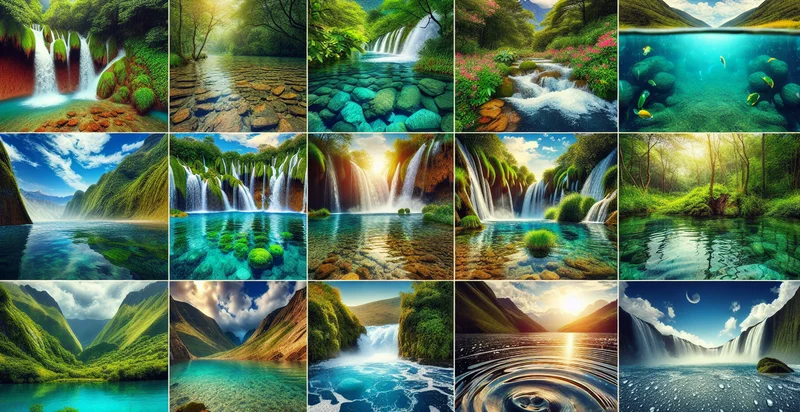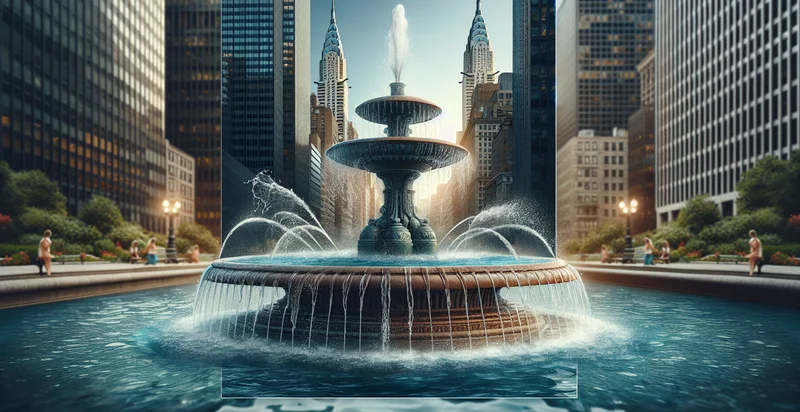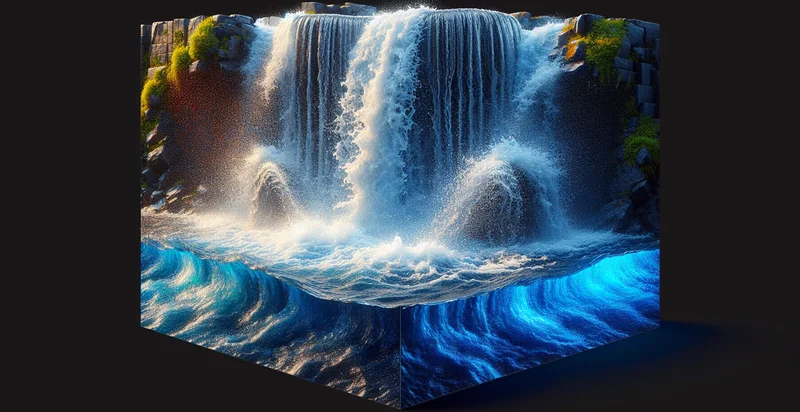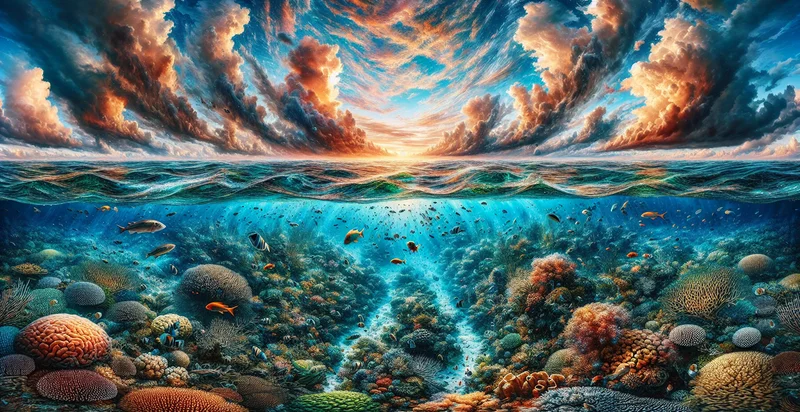Identify presence of water bodies
using AI
Below is a free classifier to identify presence of water bodies. Just upload your image, and our AI will predict if there are water bodies present - in just seconds.

Contact us for API access
Or, use Nyckel to build highly-accurate custom classifiers in just minutes. No PhD required.
Get started
import nyckel
credentials = nyckel.Credentials("YOUR_CLIENT_ID", "YOUR_CLIENT_SECRET")
nyckel.invoke("presence-of-water-bodies", "your_image_url", credentials)
fetch('https://www.nyckel.com/v1/functions/presence-of-water-bodies/invoke', {
method: 'POST',
headers: {
'Authorization': 'Bearer ' + 'YOUR_BEARER_TOKEN',
'Content-Type': 'application/json',
},
body: JSON.stringify(
{"data": "your_image_url"}
)
})
.then(response => response.json())
.then(data => console.log(data));
curl -X POST \
-H "Content-Type: application/json" \
-H "Authorization: Bearer YOUR_BEARER_TOKEN" \
-d '{"data": "your_image_url"}' \
https://www.nyckel.com/v1/functions/presence-of-water-bodies/invoke
How this classifier works
To start, upload your image. Our AI tool will then predict if there are water bodies present.
This pretrained image model uses a Nyckel-created dataset and has 2 labels, including No Water Bodies and Water Bodies Present.
We'll also show a confidence score (the higher the number, the more confident the AI model is around if there are water bodies present).
Whether you're just curious or building presence of water bodies detection into your application, we hope our classifier proves helpful.
Related Classifiers
Need to identify presence of water bodies at scale?
Get API or Zapier access to this classifier for free. It's perfect for:
- Environmental Monitoring: Utilize the water bodies identifier to track and monitor the health of aquatic ecosystems. This data can support conservation efforts and help assess the impact of climate change on local biodiversity.
- Urban Planning: Integrate the presence of water bodies analysis in urban development projects to ensure sustainable land use. This can help planners design effective drainage systems, manage flood risks, and maintain green spaces around water bodies.
- Agriculture Management: Farmers can leverage the water body identifier to optimize irrigation practices. By understanding the proximity and size of water sources, they can enhance crop yield while conserving water resources.
- Tourism Development: Use the water bodies identification function to promote and develop tourism activities around lakes, rivers, and other water bodies. Analyzing water availability can help identify potential sites for recreational facilities or eco-tourism ventures.
- Disaster Response Planning: Emergency services can utilize the presence of water bodies information to improve disaster response strategies, particularly in regions prone to flooding. This analysis helps in effective resource allocation and risk assessment during natural disasters.
- Real Estate Development: Real estate developers can assess the presence of water bodies to enhance property value and attract buyers. This function can inform site selection for residential and commercial projects, taking into account waterfront appeal.
- Wildlife Habitat Assessment: Conservationists can use the water bodies identifier to evaluate and protect habitats critical for aquatic and terrestrial wildlife. Mapping these areas aids in species management strategies and habitat restoration efforts.


